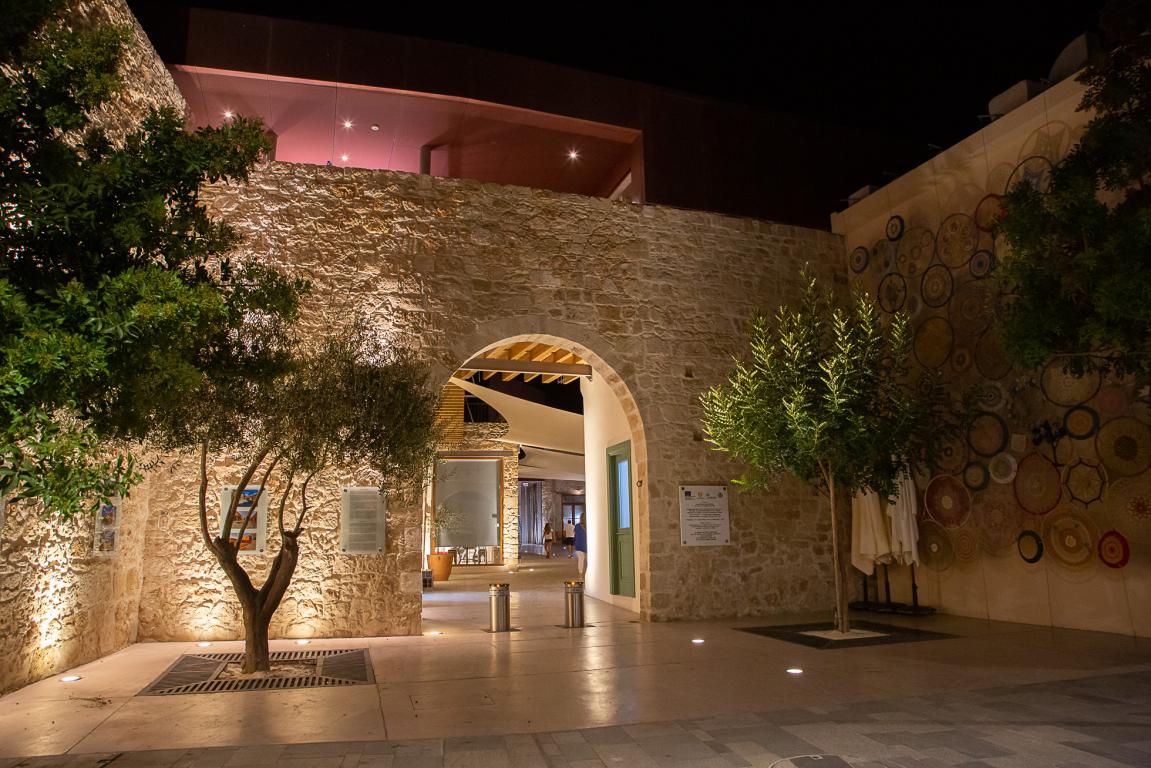About Paphos
Nestled in the South-West corner in probably the most beautiful part of the island and sheltered from the North by the Troodos mountains, Paphos, once the Roman capital of the island, enjoys mild winters and warm, seemingly endless summers. The irrigation system has helped to turn Paphos into the “garden of Cyprus” and it is also renowned as having one of the healthiest climates in the Mediterranean.
There are four main municipalities in the Paphos District: Paphos, Yeroskipou, Peyia, and Polis Chrysochous, becoming the focus of one of the most exciting areas for real estate investment and relocation in the eastern Mediterranean. The Government and private enterprise continue to invest heavily in the infrastructure, providing such features as, universities ,healthcare, extending the motorway network, extensive improvements to the quaint harbour of Paphos and coastal walkway, a new state-of-the-art marina is planned for around 1000 yachts and is home to the country’s upgraded second International Airport on the island, amongst the most modern in the Mediterranean basin.
Paphos is renowned as having the richest concentrations of archaeological sites in the world resulting in UNESCO naming Paphos a World Heritage Site. Paphos has become a rich cultural centre hosting many international events such as operatic festivals with Paphos castle as a backdrop.
During Roman times Paphos was the capital of Cyprus and beautiful mosaics and marble columns can be seen within the restored remains of their stately villas. It is out of the foaming seas of Paphos that the goddess Aphrodite was born. It was she who the Romans called Venus but the cult worship of this goddess of love and beauty has, forever, been centred in Paphos. Within the bounds of Paphos lie the ruins of the famous sanctuary of Aphrodite, whose remains date back to the 12th century BC. The Palaipafos Museum is nearby in an old Lusignan manor. It contains rich finds dating back to the Chalcolithic period.
In times gone by the Sanctuary of Apollo was an important religious centre which dates back to the 4th century BC when Paphos was founded. Today, Paphos is a busy town full of amenities, excellent shopping facilities, bars restaurants hosting flavours from the world over and it is also home to the country’s second international airport.
Legends of love, magnificent mosaics, archaeological awes and captivating coasts make the small town of Pafos (Paphos) enlightening to explore, and beautiful to behold.
Pafos was originally the island’s capital some centuries ago but can now instead call itself the capital of culture, thanks to its significant historical sites and monuments – many of which are linked to the Ancient Greek Goddess of Love and Beauty – Aphrodite. It is no wonder then that due to its sheer wealth of ancient remnants, Katos Pafos as a whole has been declared a UNESCO World Heritage Site.
Pafos is comprised of its old and new towns, with its harbour and Medieval Castle forming the focal point. The region also has quaint resorts further afield, including that of Polis Chrysochou and its fishing port of Latchi, and is home to areas of stunning natural splendour, including the Akamas Peninsula and its Avakas Gorge, Lara beach (where Green Turtles nest), and Petra tou Romiou (Aphrodite’s Rock/birthplace).


















